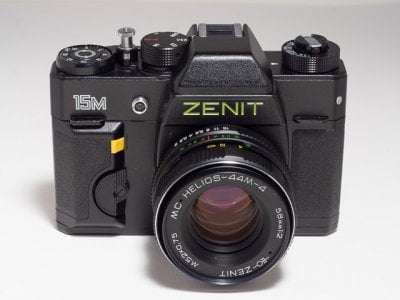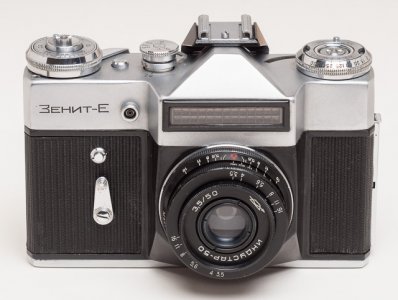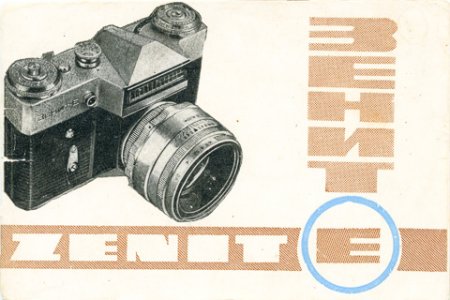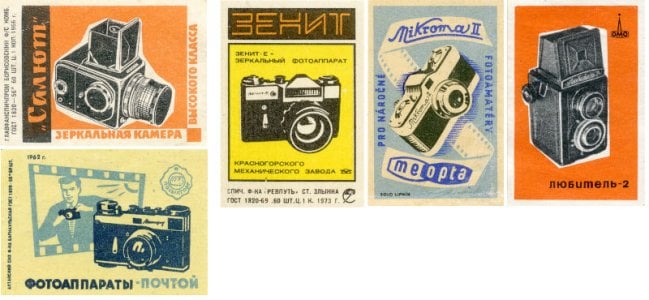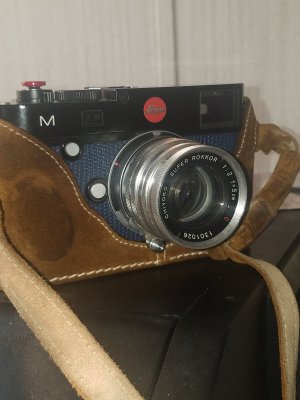JeffS7444
Well-known
AlwaysOnAuto
Well-known
There are no SR-71's still in service today. They've all been retired.That and it was not meant to do anything but snoop. Weight reduction was a big priority, and lots of Russian titanium went into them, unbeknown to the Russians, of course. Just a great piece of engineering, so great it is still in use, for weather. Yeah, right. LOL And beautiful to look at.
The RB-57F Canberra is still in use.
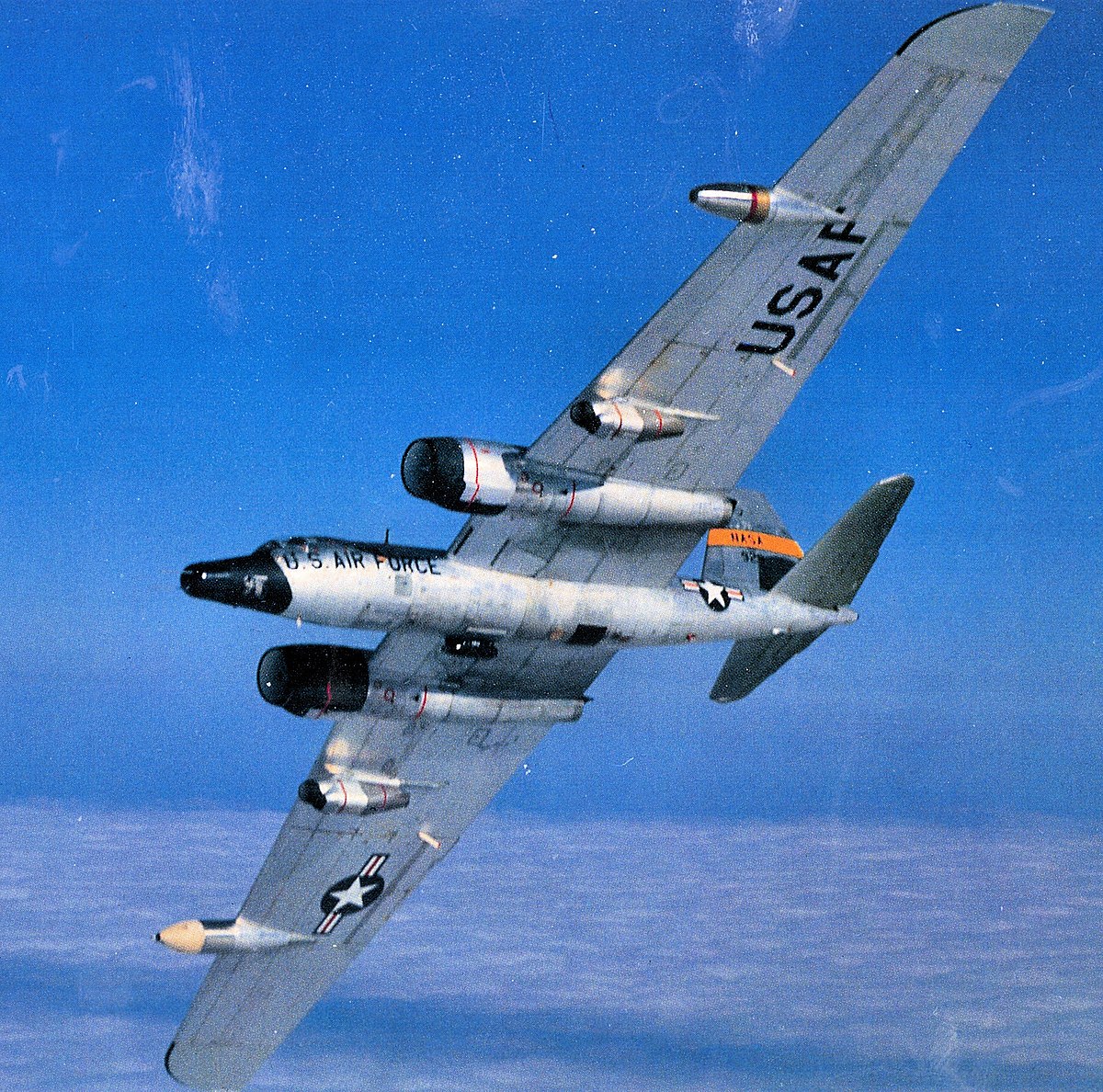
I have some optics from the cameras used by recon planes- but not the cameras. They were big. Rare. I'll get some pictures up.

I have some optics from the cameras used by recon planes- but not the cameras. They were big. Rare. I'll get some pictures up.
boojum
Mentor
In addition to being a long-lived spycraft it is also one of the most beautiful planes designed.The RB-57F Canberra is still in use.

I have some optics from the cameras used by recon planes- but not the cameras. They were big. Rare. I'll get some pictures up.
Pál_K
Cameras. I has it.
Sorry, there is some confusion in the above statement.Guns don't work on an SR-71, because the plane at really high altitude is faster than the bullet. Let that sink in...
First, it is true that the speed or velocity of the SR-71 is faster than the muzzle velocity of a typical bullet (e.g. 3000 fps). So, for an observer on the ground, if a bullet was fired at a distant target at the same moment an SR-71 passed overhead, yes, the SR-71 would be faster: it would reach a point downrange faster than the bullet did.
Second, except for velocities approaching the speed of light, we can reasonably consider velocities to add. For example, if an aircraft is traveling at 682 mph (~1000fps) relative to the ground and that plane fired a bullet at 3000 fps, that bullet would be traveling at 4000fps relative to the ground. So, the same is true for the SR-71: its velocity would add to the bullet’s velocity. Statements written in other forums on this very topic, claiming the bullet wouldn’t leave the barrel or the plane would fly into the bullet are incorrect (due to gravity, the bullet will start falling as soon as it’s fired - as is always the case). So a gun, or cannon, would work on the SR-71.
Third, the SR-71 (previously named RS-71) was designed for reconnaissance, not combat.
Fun photography-related fact: if the focal plane shutter on your 35mm camera has a sync speed of 1/60, the shutter curtain travels at 4.83 mph.
Last edited:
The SR-71 and YF-12
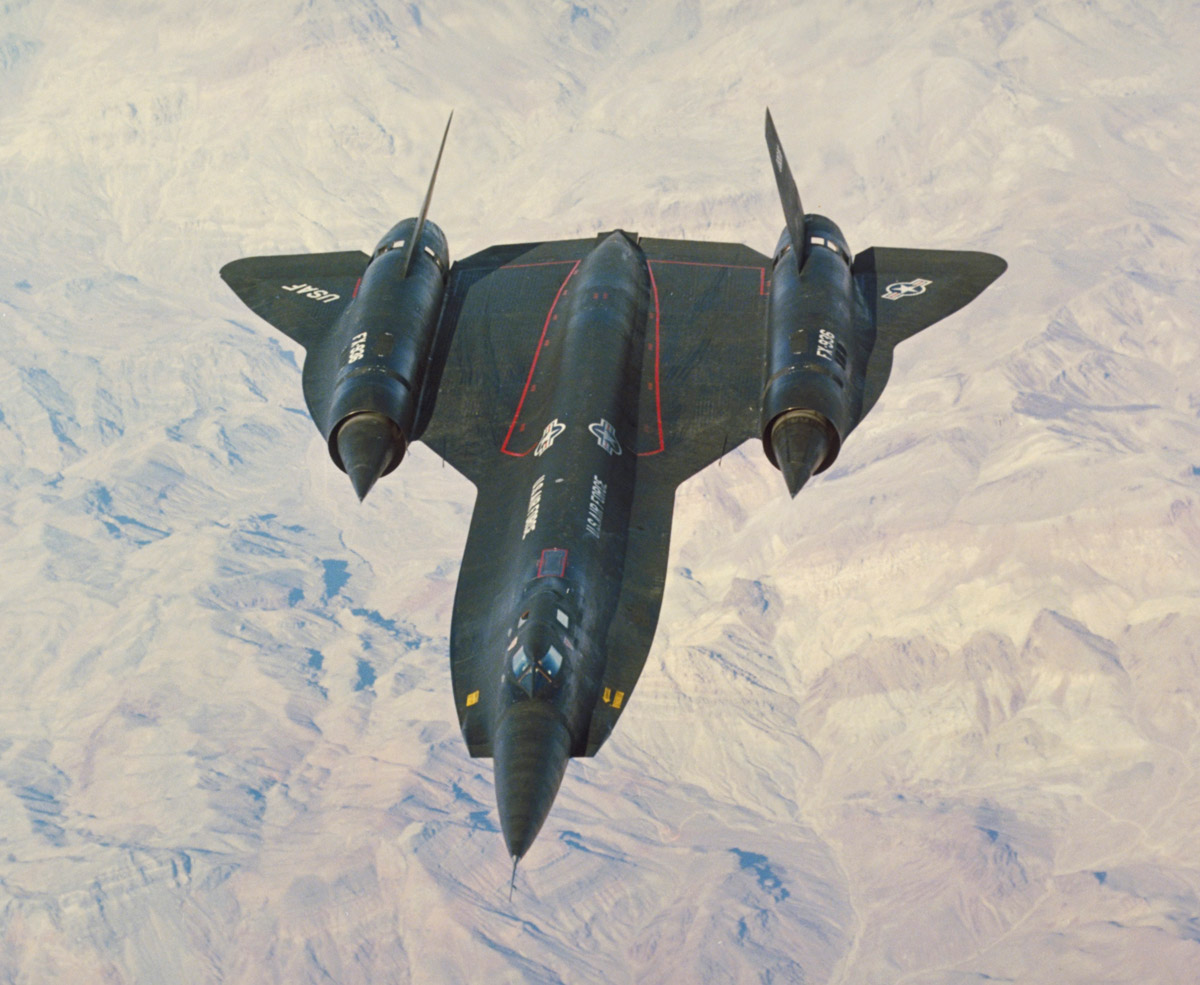
were essentially derived from the same prototype. The YF-12 was to carry missiles.
A Navy F-11F shot itself down, flew into its own cannon.
:quality(70)/cloudfront-us-east-1.images.arcpublishing.com/archetype/GXHK3FULLRGJLLQWJ2QF67FXK4.jpg)
 www.navytimes.com
www.navytimes.com
Once fired, the shells encounter air resistance and slow down. The plane flew into them. SO- the bullets may leave the plane, but will slow down to a speed less than what the plane flies. The pilot hit afterburner after firing the burst. Do not do that.
Collector's item- I have an infrared imaging array that was designed for recon aircraft, saved from the trash heap.

were essentially derived from the same prototype. The YF-12 was to carry missiles.
A Navy F-11F shot itself down, flew into its own cannon.
:quality(70)/cloudfront-us-east-1.images.arcpublishing.com/archetype/GXHK3FULLRGJLLQWJ2QF67FXK4.jpg)
That time a Navy jet shot itself down
In this season of the practical joke, let's talk about some very bad mistakes unique to the world's military services.
Once fired, the shells encounter air resistance and slow down. The plane flew into them. SO- the bullets may leave the plane, but will slow down to a speed less than what the plane flies. The pilot hit afterburner after firing the burst. Do not do that.
Collector's item- I have an infrared imaging array that was designed for recon aircraft, saved from the trash heap.
Pál_K
Cameras. I has it.
Once fired, the shells encounter air resistance and slow down. The plane flew into them. SO- the bullets may leave the plane, but will slow down to a speed less than what the plane flies.
Hopefully the shells are ejected and the projectiles (“bullets”) are what leave the barrel.
But only if the aircraft dives into its own bullets - which is exactly what happened in the case above. If the aircraft is flying straight and level, it will always be above the bullets it fires since the bullets fall by gravity - assuming the cannon is aimed so that bullets won’t rise above the flight path.
Last edited:
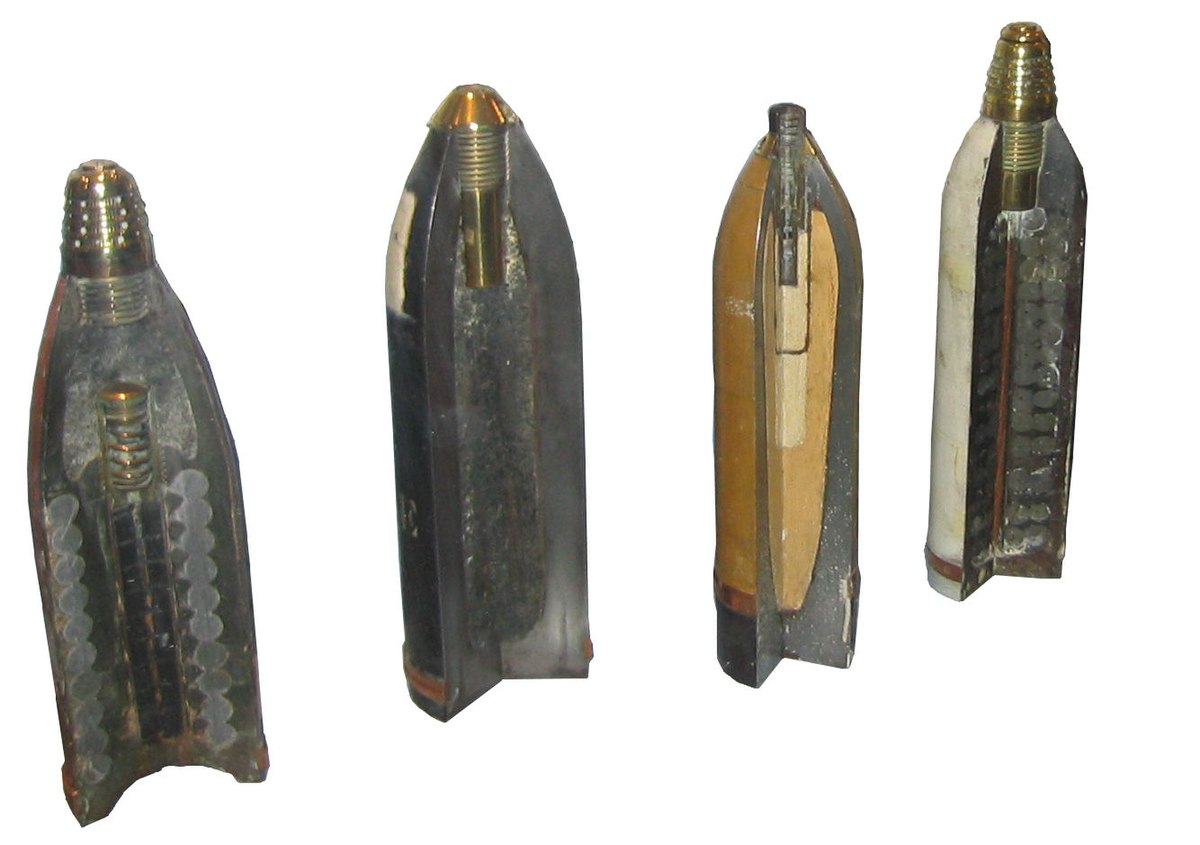
Shells refer to the projectile from a Cannon, and is what leaves the barrel. The F11F and most jets after the F86 era used Cannons.
Casings are ejected from Guns and Cannons.
I have one 50caliber with casing that my Dad had made into a Pointer for presentations. I use it to make an impact. Most others switched over to LASERS. I also have parts of his B29, engraved to be worn as a bracelet.
The IR sensors I worked on flew on the first P3A delivered to the Navy. We did get requests for the SR71, U2 (Lockheed TR-1 version) , and RB57F. Too much in the way of digital electronics required. I bought a PDP 11/34 in anticipation of the project, had it ready to go. The 80s for me. Wish I had saved some of the parts.
Last edited:
Back to Collector's Delights.
These two early alloy Sonnars are on the same page in Thiele. I converted the 5cm F2 Sonnar T today, using a J-8 focus mount from a lens with a broken front element. The 5cm F1.5 is converted using a KMZ J-3 focus mount that was misassembled, and mismatched to a later ZOMZ lens.

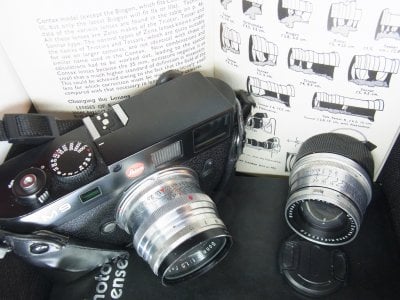
These two early alloy Sonnars are on the same page in Thiele. I converted the 5cm F2 Sonnar T today, using a J-8 focus mount from a lens with a broken front element. The 5cm F1.5 is converted using a KMZ J-3 focus mount that was misassembled, and mismatched to a later ZOMZ lens.


Last edited:
markjwyatt
Well-known
The 555th Carl Zeiss Jena 35mm f2.4 Electric MC DDR Flektogon produced with the new serial numbers (starting at 1001-6000) in 1980. Taken with a 1974 Carl Zeiss 35mm f2.8 Flektogon (Zebra) on an Exakta VX.

Camera and Coffee; Praktica, Flektogon by Mark Wyatt, on Flickr

Camera and Coffee; Praktica, Flektogon by Mark Wyatt, on Flickr
boojum
Mentor
If I know that J8 I am glad it has found a good home.Back to Collector's Delights.
These two early alloy Sonnars are on the same page in Thiele. I converted the 5cm F2 Sonnar T today, using a J-8 focus mount from a lens with a broken front element. The 5cm F1.5 is converted using a KMZ J-3 focus mount that was misassembled, and mismatched to a later ZOMZ lens.
View attachment 4817127View attachment 4817129
Pál_K
Cameras. I has it.
Very good.The 80s for me.
Yes. For many of us, in retrospect that seems to be the most enjoyable time.
We have stuff today that may become cool and collectible and may appear in a similar thread 20 years from now. To each generation its own.
boojum
Mentor
I like the 70's for the music, the vibe and the overall scene. The music was just great. OTOH, I can remember as a kid hearing my elders gush about Glen Miller. I suppose those younger have done the same about the Beatles, Stones, Sly, Santana, Big Brother and the Holding Company, Janice, Lovin' Spoonful, Cream, Moody Blues, Dire Straights, Crosby, Stills and Nash (and Young), The Grateful Dead, Pink Floyd, Steely Dan, Devo, Tubular Bells, Brian Eno, The Beach Boys, ELO, just to name a few. And Genya Ravan with Ten Speed Drive and Strawberry Alarm Clock. If you remember the 70's you weren't there. LOL
rulnacco
Well-known
I like the 70's for the music, the vibe and the overall scene. The music was just great.
I don't want to hijack the thread (although it has gone astray in various places already) but something else music-related that was equally great in the 70s was the audio equipment. I've only in the last several months gotten into vintage audio, and in the mid to late 70s the manufacturers were locked into the receiver wars--some of the most powerful, best-built, best-sounding, and classiest-looking home hi-fidelity receivers and amplifiers ever made were produced, as each maker fired shots at the others.
Just like camera gear, prices on these classic pieces have shot way up--but considering what they originally cost, many great receivers are still, relatively, a bargain.
I'm currently listening to a Pioneer SX-750--an upper mid-range member of Pioneer's legendary X50 series (SX-650, SX-950, SX-1250, etc.). These are, by general (if not universal) consensus, the best-built Pioneer receivers ever. I chose the model I've got because it was about the best I could afford and kicks out plenty of power, but unlike the even more powerful and expensive members of the series, it lacks some features that I'd likely rarely need or use--there is no frippery on it. It reminds me of my Leica M3: it's very classy looking and made of (mostly) high quality materials (mine has vinyl "wood" veneer, the models above mine have real wood--I'm going to re-finish mine with real wood soon), it's sort of minimal and austere but welcoming, and it has everything that you do need and nothing that you do not. And the output it produces is beautiful. Not only that, just like the M3, it can be repaired/restored to perfect functioning, as with these receivers, unlike later models which used proprietary integrated circuits and other components no longer made, all the transistors, capacitors, resistors, relays, etc., or functionally identical replacements, are still readily available.
If you love vintage camera gear, I think you'd probably find the vintage audio thing addictive, too. And you won't be alone--there are plenty of great sites for that just like RFF is for us, the best of them probably being Audiokarma, which is extremely active and, if you get into the repair/restoration thing, filled with people who have incredible amounts of knowledge and experience.
Here's what my darling looks like, she's paired with some Boston Acoustics A150 speakers:
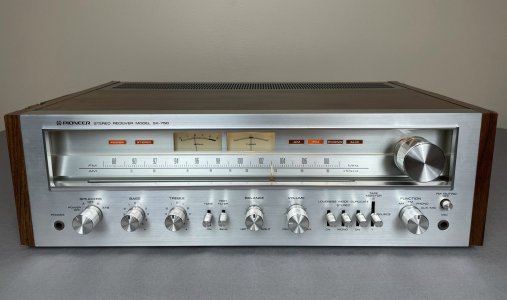
boojum
Mentor
Yes, the audio gear. I was stone hafler: hafler receiver, hafler pre-amp and two hafler 500 mono-blocked amps putting out between 1100 and 1300 watts each. Built them all from kits. Running them through a pair of KEF 103/4's wide open playing Funkytown would get the amps to overheat and shut down to low power output, fans going like blazes until the OP circuit cooled enough to start up again. There is also an in-line black box to bring the low end floor from 60Hz to 30Hz at which point those Bach organ notes are just pressure. Woohoo! Makes you sit up and take notice it does. I later got some high end electrostatics, SoundLabs, which are amazing. Unfortunately about the same time I got the second set of SoundLabs I was too deaf to hear a difference. Those speakers are great but through hearing aids, not so much. LMAO
I just hope my eyes hold out so I can poke a camera around for some more years. Ah, the price of living a long time. ;o)
I just hope my eyes hold out so I can poke a camera around for some more years. Ah, the price of living a long time. ;o)
Last edited:
rulnacco
Well-known
Haha! Ohmigod. Mine is just a lil' firecracker next to that Hafler stuff you were running there--by turning that rig up a bit too far, you could have levelled the whole neighborhood, I'm sure.Yes, the audio gear. I was stone hafler: hafler receiver, hafler pre-amp and two hafler 500 mono-blocked amps putting out between 1100 and 1300 watts each. Running then through a pair of KEF 103/5's
boojum
Mentor
Most of the time I listened to them at the same levels you did. Western Electric did a study in the late 30's suggesting that something like 80 watts was needed to reproduce solo piano. And that was when speakers were very efficient. The reserve power when playing at low levels makes a big difference. But I can enjoy music on a crap table radio, too, and TV on a 12" screen.Haha! Ohmigod. Mine is just a lil' firecracker next to that Hafler stuff you were running there--by turning that rig up a bit too far, you could have levelled the whole neighborhood, I'm sure.
Share:
-
This site uses cookies to help personalise content, tailor your experience and to keep you logged in if you register.
By continuing to use this site, you are consenting to our use of cookies.


